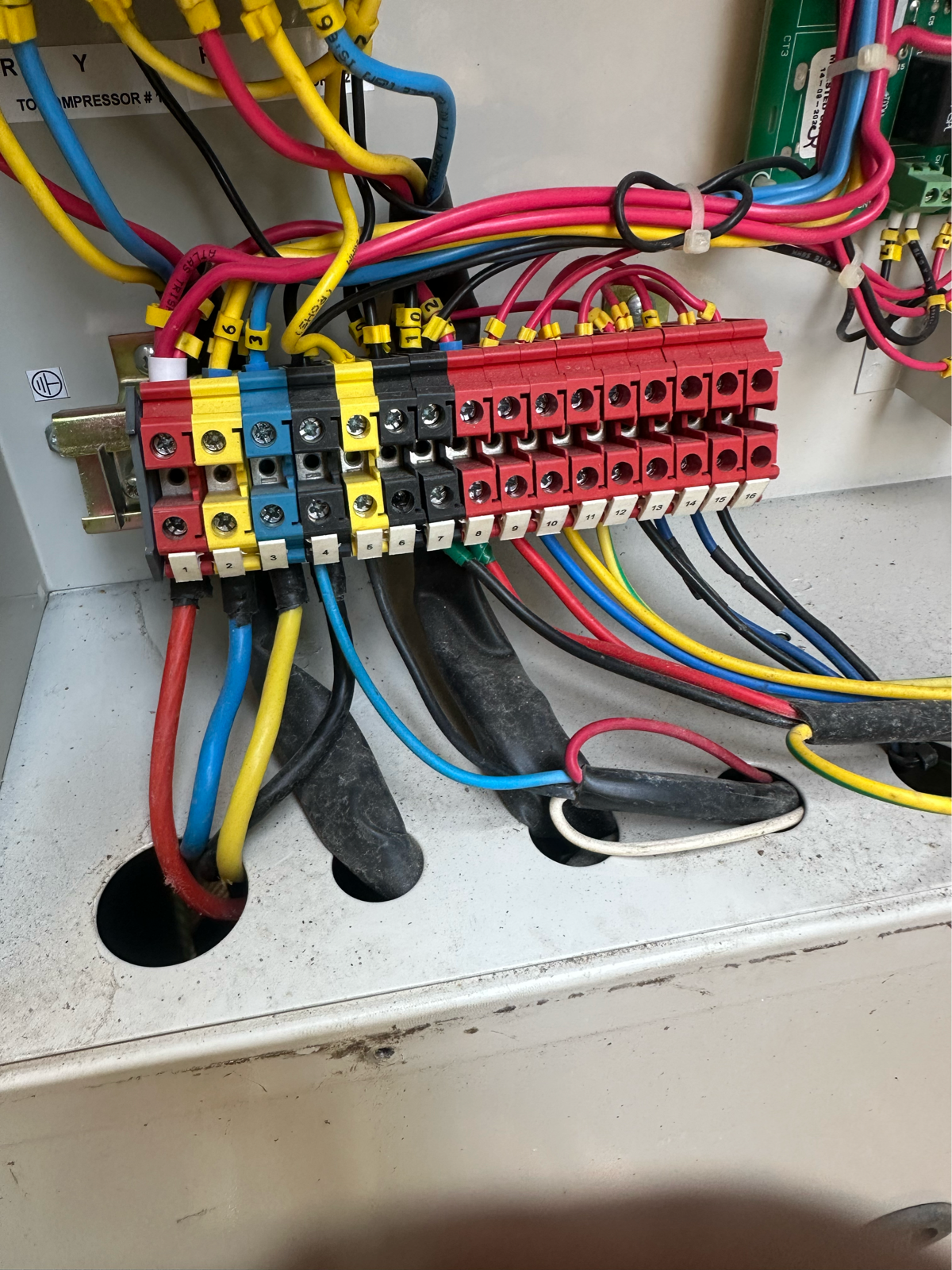If you’re looking for consistent information about ducted air conditioners, here’s a quick guide that could be useful for you as an air conditioning technician: Key Constants for Duct Air Conditioners 1. Airflow Standards • Standard airflow is approximately 400 CFM (Cubic Feet per Minute) per ton of cooling capacity. • This is essential for proper duct design and balancing. 2. Static Pressure • Maintain static pressure between 0.1 to 0.2 inches of water column (inWC) in the duct system for efficient airflow. 3. Temperature Differential (Delta T) • Ideal temperature drop across the evaporator coil: 16°C to 20°C (28°F to 36°F). • This ensures optimal cooling and efficiency. 4. Refrigerant Pressure (Approximate Ranges) • Suction Pressure (Low-Side): 60–75 psi (depending on refrigerant type and ambient temperature). • Discharge Pressure (High-Side): 200–250 psi for most residential systems. 5. Duct Sizing • Use the Manual D or Equal Friction Method for sizing. Oversized ducts cause low air velocity, and undersized ducts lead to high static pressure. • Ensure proper sealing to avoid leakage (less than 5% leakage is ideal). 6. Insulation • Use duct insulation with an R-value of 6 or higher for energy efficiency and to prevent condensation. 7. Return Air Size • Return ducts should be sized to handle 100% of the supply airflow to maintain balance in the system. Best Practices for Duct Air Conditioner Installation • Leak Testing: Always check ducts for leaks using a blower door or duct pressurization test. • Proper Slope: Ensure ducts are sloped correctly to prevent water buildup in case of condensation. • Regular Maintenance: Clean air filters and inspect ducts for blockages during routine maintenance. Let me know if you need specific technical calculations or tools for ductwork!

This is your website preview.
Currently it only shows your basic business info. Start adding relevant business details such as description, images and products or services to gain your customers attention by using Boost 360 android app / iOS App / web portal.


Submit Your Enquiry